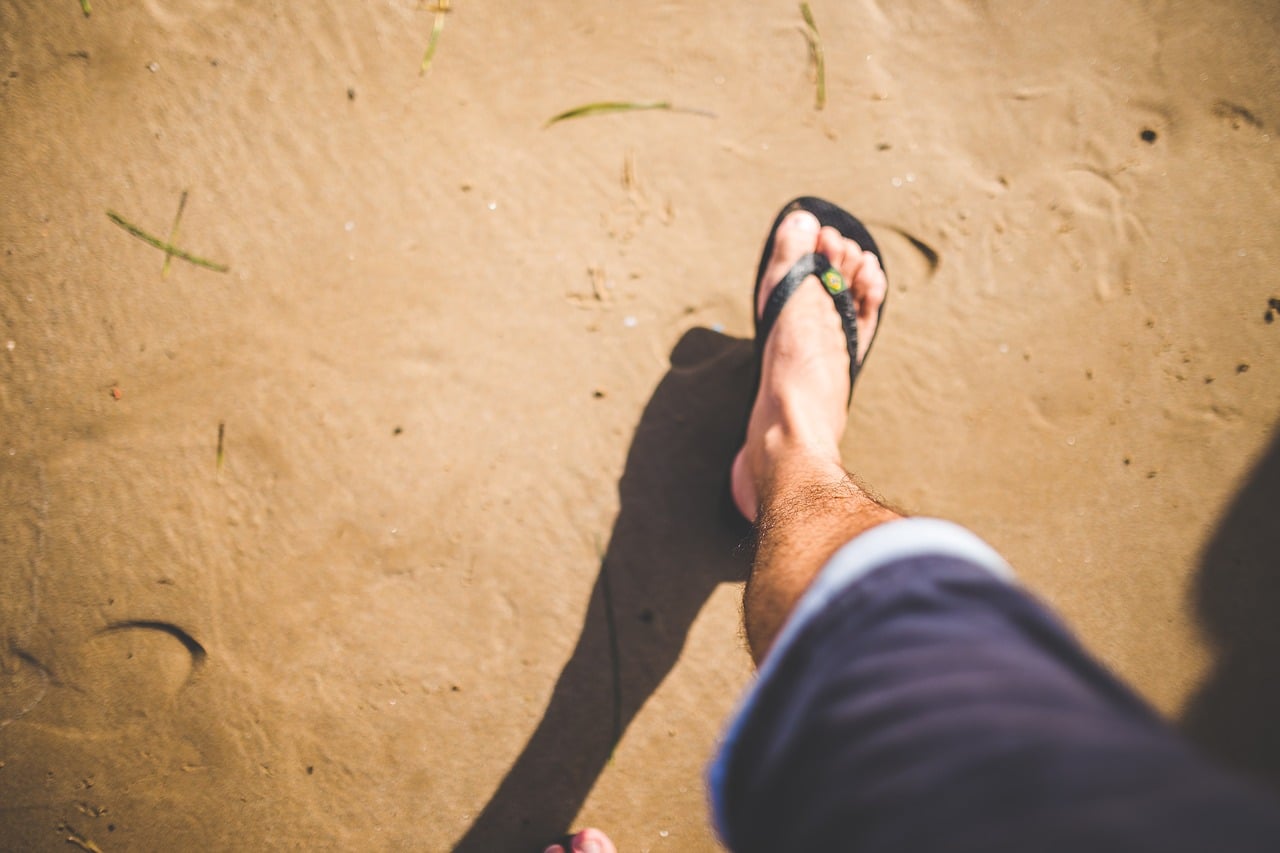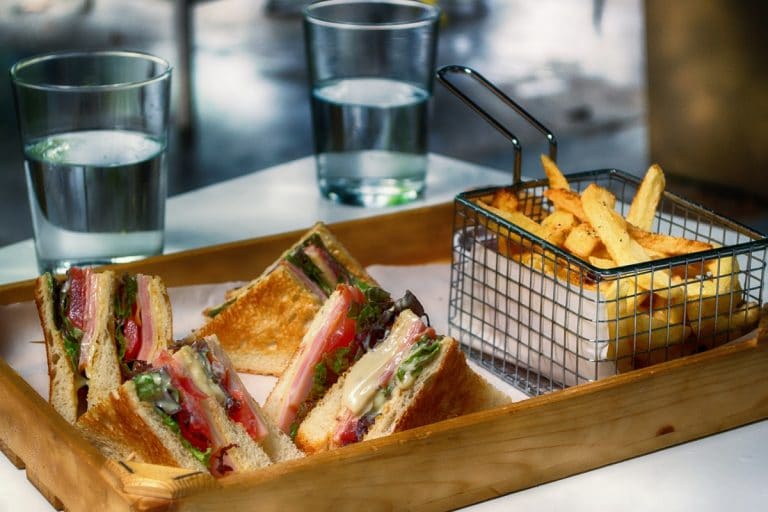Are you looking for the best orthotic insoles for your flat feet? Well, it is a good thing that you landed on this article, because I am about to give you my honest opinion of the best pair of insoles for flat feet.
Every step you take puts pressure on your feet and knees, ankles, and hips. This weight can be dangerous for your joints if it is not distributed properly. There are companies specialized in insoles, such as Protalus, that produce shoe inserts with pain-relieving properties, extra cushioning and arch support.
6 Types Of Orthotic Insoles
Orthotic insoles can help a person with a variety of ailments. The right orthotic shoe insert can benefit the looks of the shoe while reducing pain in the foot and ankle. Orthotic insoles from Docpods have been gaining popularity over the past few years, but are still underutilized by many people suffering from foot and leg pain.
1. Custom Orthotics
Custom orthotics are the insoles that are made to be molded to the specifications of your foot. This includes your arch. Because of this, they are typically firmer and more aggressive on the arch of your foot. While this depends if your arch is high or low, it’s generally the case. This type of insert isn’t a brace nor is it an ankle brace. The insoles are customizable and are optimized for your feet. If you need your orthotics to be thicker, thinner, shorter, or longer it can be done. These inserts are made out of silicone rather than plastic. Along with this, you can even add a met pad that can minimize the pressure on your forefoot.
2. Over-The-Counter Orthotics
These are the orthotics that you are going to find that come in a lot of different pre-determined sizes. You can find them with varying arch supports. These insoles can be purchased with different material makeups and specifications. You will find a lot of them offer different arch sizes to meet the needs of those that have low arches or high arches. Along with this, you can purchase these with or without a met pad to provide pressure on the forefoot.
3. Full-Length Orthotics
These orthotics are those that are going to be better suited for shoes that have an insole that can be removed. This orthotic is an insert that can be removed and it is typically going to be best used with an athletic tennis shoe. After all, these shoes usually have the most room in the toebox and their insole can typically be removed easily. The full-length orthotics will typically provide you with greater protection for your foot and cushioning.
4. 3/4 Length Orthotics
This is an orthotic that is usually going to be tailored for a dress-shoe. After all, dress-shoes and less casual shoes typically don’t have the same easily removable insoles. The insoles in these shoes are typically thinner and more firm. They are firmer because they are thinner which means they need to be more rigid to bear the excess weight which makes them only compatible with 3/4 length orthotics.
5. Dress-Insoles
These are the insoles that are usually going to work the best with dress-shoes. After all, they are designed for that sole purpose. They will fit very well in a dress-shoe. They aren’t meant to take up too much room in the toebox for this reason. They will also fit well in women’s heels because of this. They are going to be the best option for dress-up shoes that aren’t going to provide you with the best support for your arches.
6. Memory Foam Insoles
These are the orthotics that you will find that happen to be thicker and typically of full length. They are going to be optimal for shoes that have an insert/insole that can be removed because of the thickness. Often orthotic slippers are overlooked, yet walking around the house your feet still need support. Finding the perfect pair of comfortable supportive slippers will improve your foot problems.










![Home Renovation Guide [2025]](/app/uploads/2021/04/design-hacks-1-378x300.jpg)
